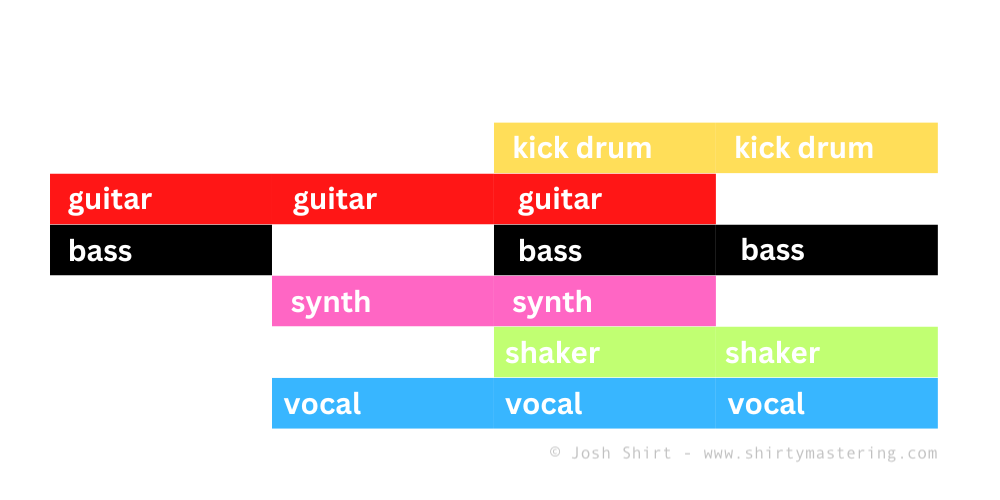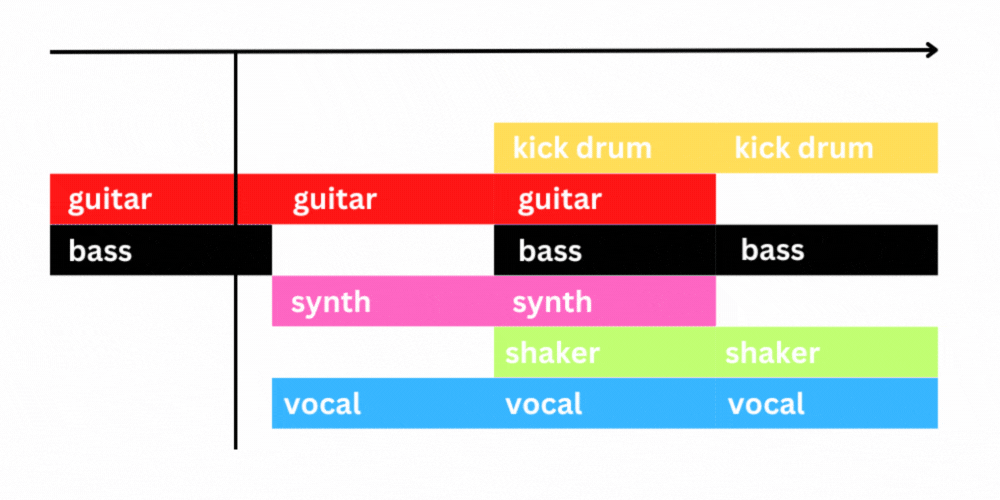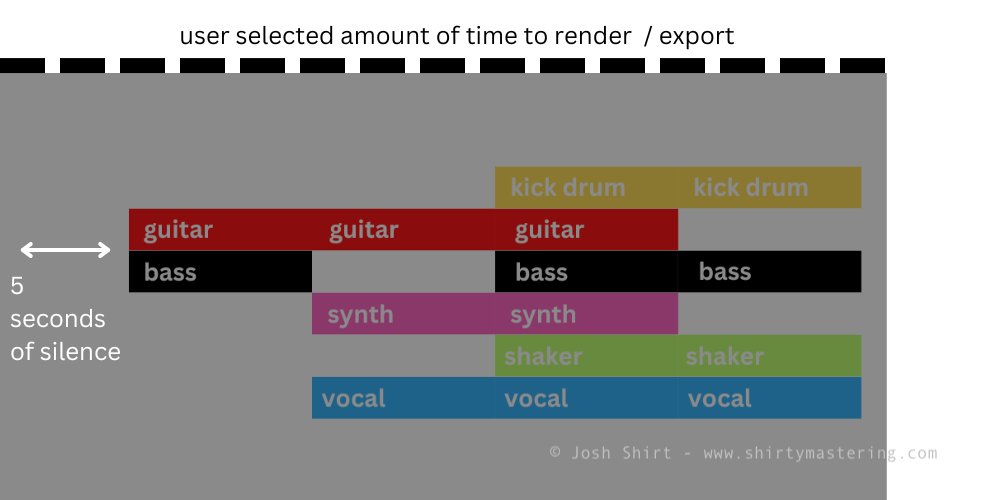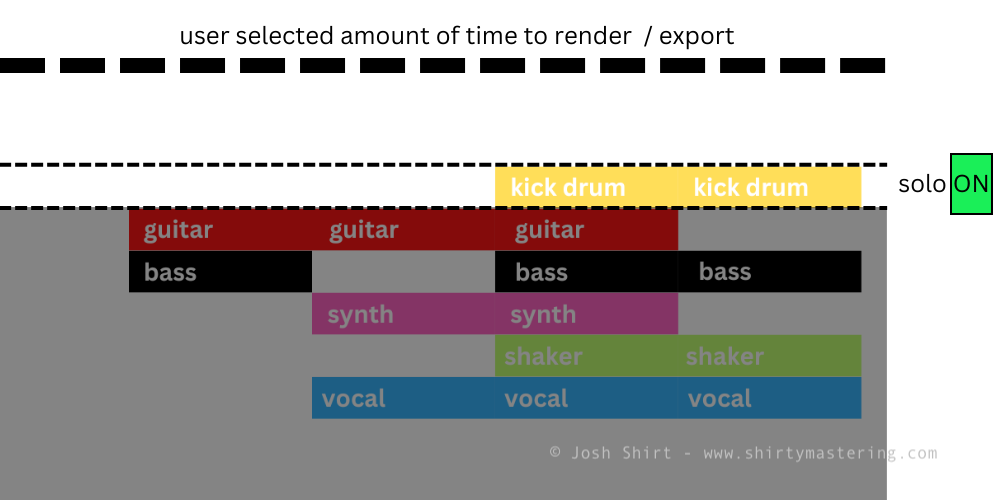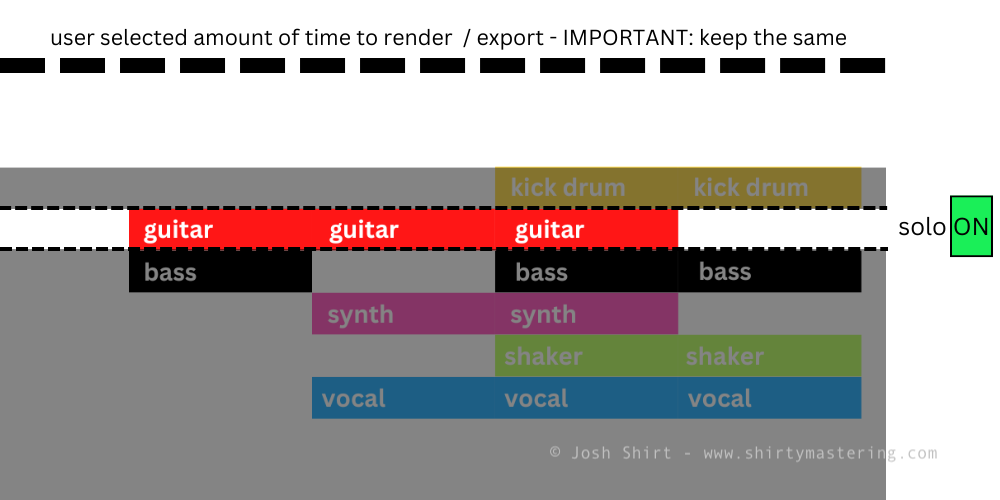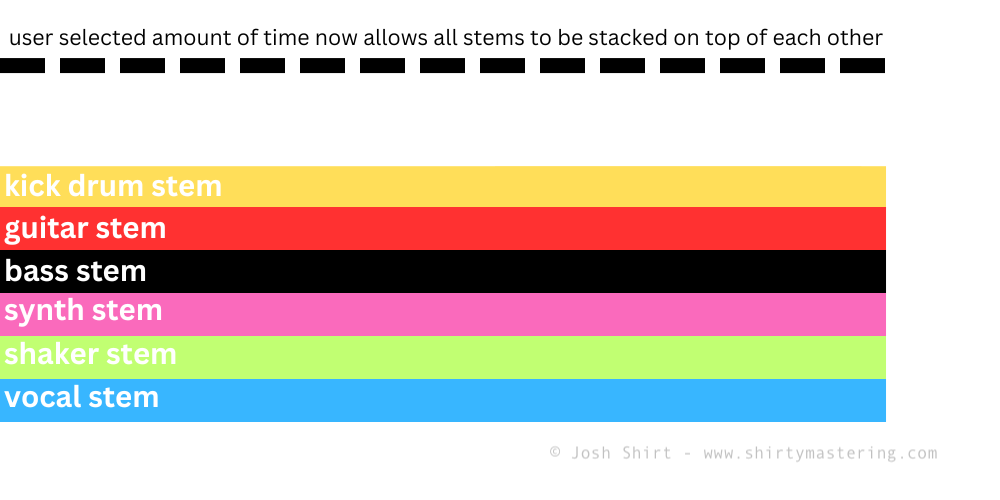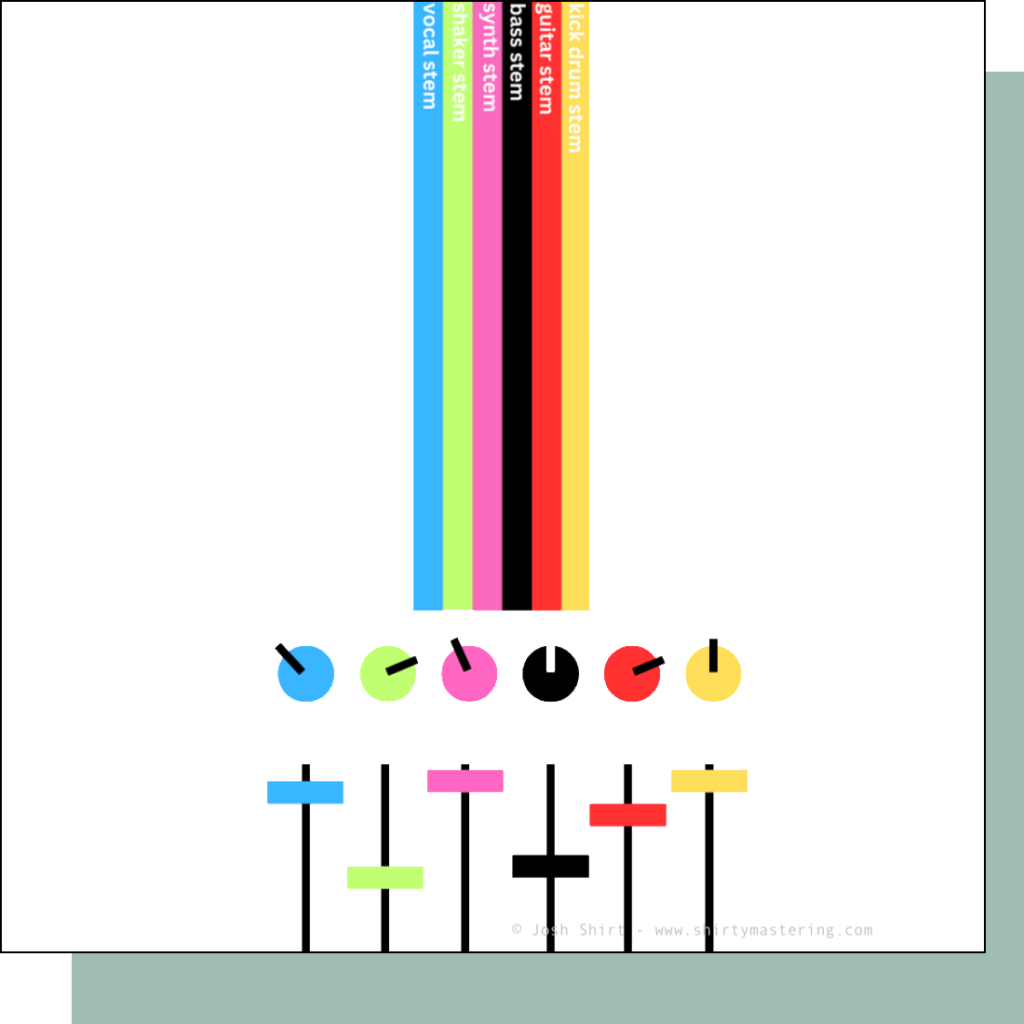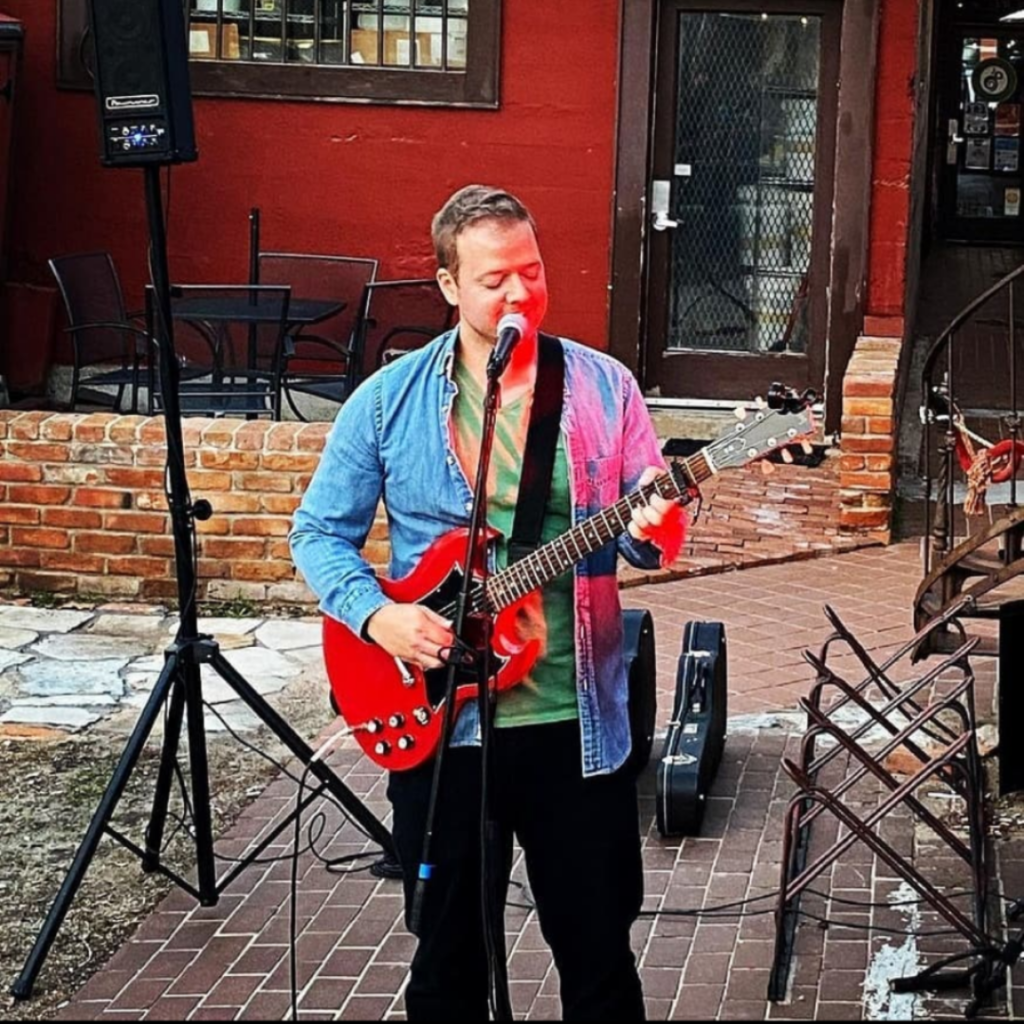
Shirty Mastering recently turned 5 – and we’re celebrating!
Over the past 5 years we’ve brought a lot of music to life and we’ve been consistently rated 5 stars by our clients (see the reviews here).
What has really come through for us (to paraphrase our reviews) is that we are good listeners – both when working on music, and also when listening to what our clients want to achieve when working with us. Ultimately, we are passionate about what we do, and passionate about your music, too.
We can work with you wherever you are in the world.
We are sound recording and sound engineering experts. Through our recording, mixing and mastering services we create professional records for songwriters, electronic music producers and recording musicians, and we teach, too – showing curious minds how to produce music, how to get the most out of Ableton Live, how to DJ, and how to build and refine (or troubleshoot) a pro home studio.
Here’s some of what’s been keeping us busy for the past 5 years.
DJ Lessons

Play, experiment, become an inspirational DJ and get the dance floor moving!
We teach DJ lessons to adults, children and people with learning disabilities.
DJing is a great way to learn a lot about music and a great deal about sound engineering.
We provide all equipment needed for DJ lessons and will soon also be offering lessons on vinyl turntables, too, using our world-class Technics 1210 DJ rig.
Ableton Live Lessons
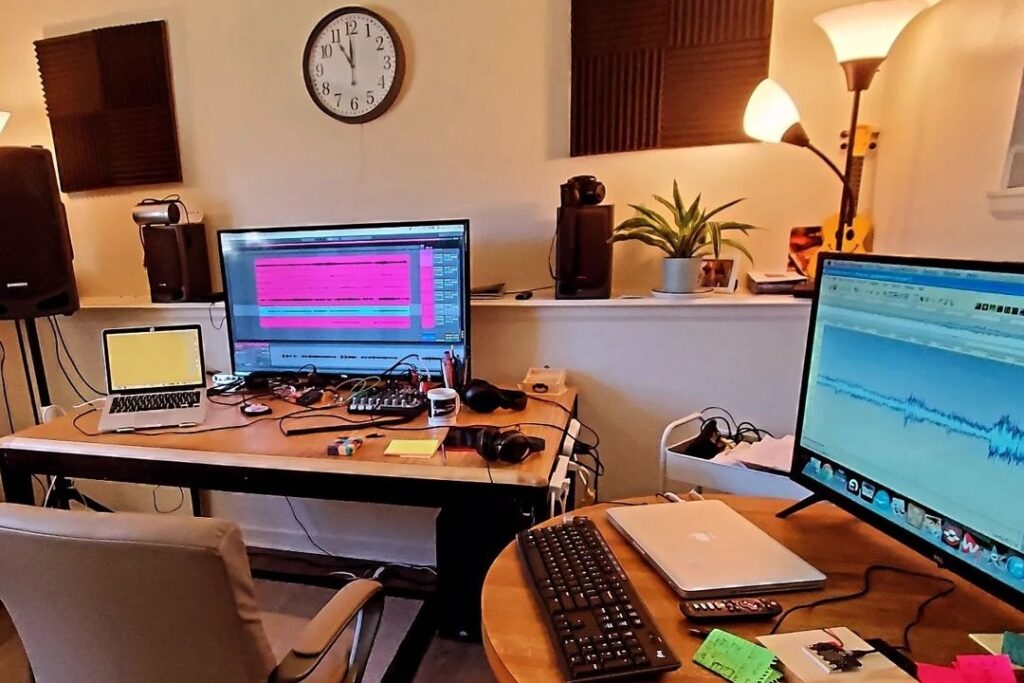
Start to make your own music, or level up the music you’re making!
We teach music production with the industry-standard Ableton Live which is now into its 20th year.
We’ve used Ableton Live for many years and are experts with it. We’ve used it to run live performances, to create homemade musical instruments, and to produce professional quality music.
When you learn Ableton Live with us, we provide all equipment needed for your lessons so you can evaluate if it’s right for you.
If you’re looking to invest in your own basic music production setup, you can get started with Ableton Live for as little as $110, and this includes a musical keyboard controller.
Just contact us for full details.
Music Mastering
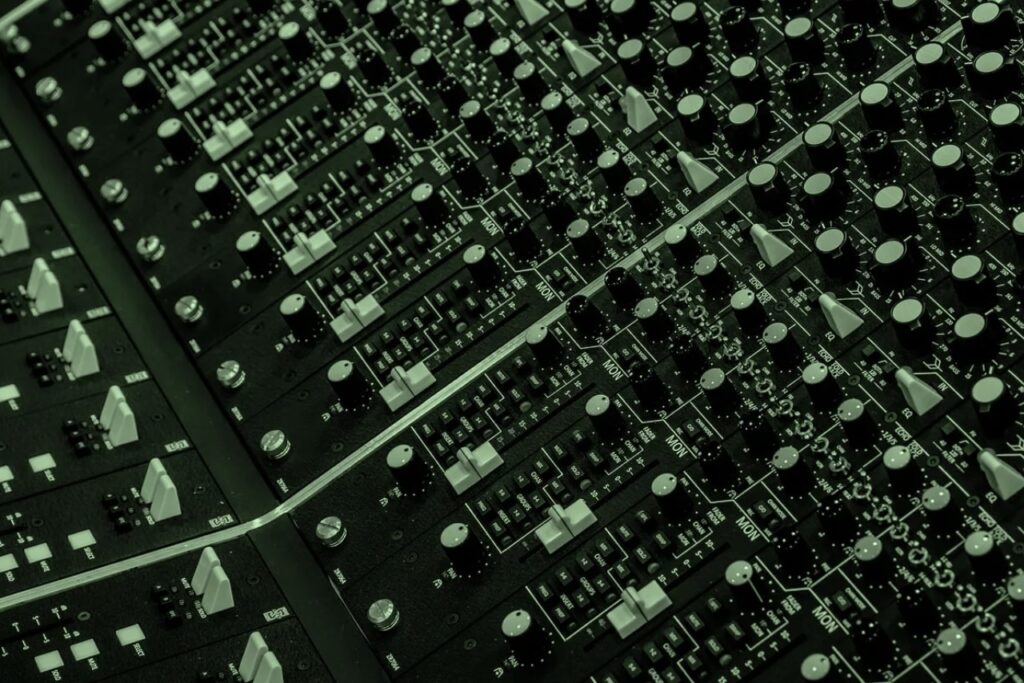
Mastering is about light and shade – creating a beautiful and balanced sound that people want to listen to again and again.
We are music lovers. When we master music our aim is always to create a record that is great to listen to. This means not harsh, ear-bleeding or over demanding, but just right.
In every mastering project we undertake, we strive to honor your sound and your artistry. We’re also interested in who your musical influences are. We immerse ourselves in them to make informed decisions when sculpting your sound.
When we apply our expert mastering to your track, we’ll make it sound beautiful, both dynamically and tonally, for you and your listeners.
Professional Album Production
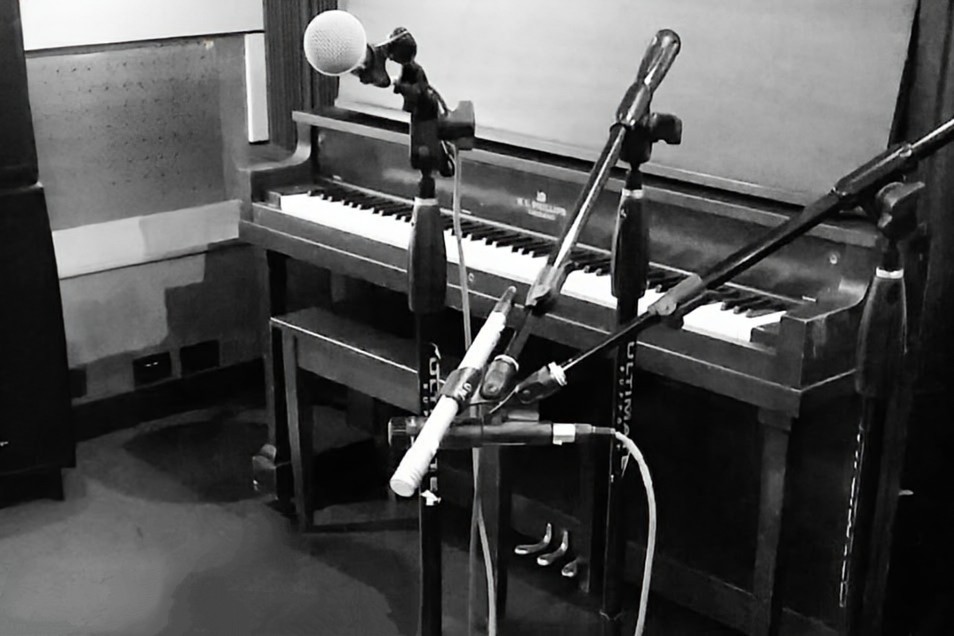
We can offer a start to finish service for artists who are ready to record their songs and release a professional album or EP.
Record with us in Fort Collins, or record yourself at home, and then collaborate with us as we shape your sound through our professional mixing and mastering, to create an impressive finished album that’s ready for you to share with the world.
Home Recording Studio Consultations
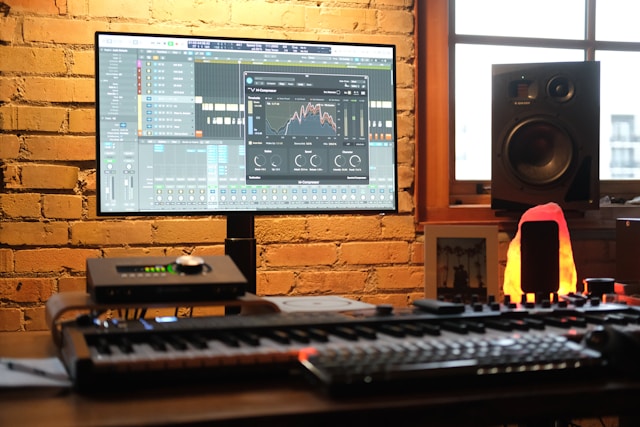
We are here to help you setup a home studio so that you can achieve great sound.
For years, we’ve offered our knowledge of sound and studio design to clients – so whether you’re wanting to start a podcast, record and produce your own music, or record your band – consult with us to build a professional home recording studio.
We listen to your aims, and fast track you to the music gear you need to get the sound you want.
Already got some studio gear and have questions about it? We can help you troubleshoot problems with your existing gear, as well as suggest the best configurations to get the best sound from what you already have.
Live Sound Consultations
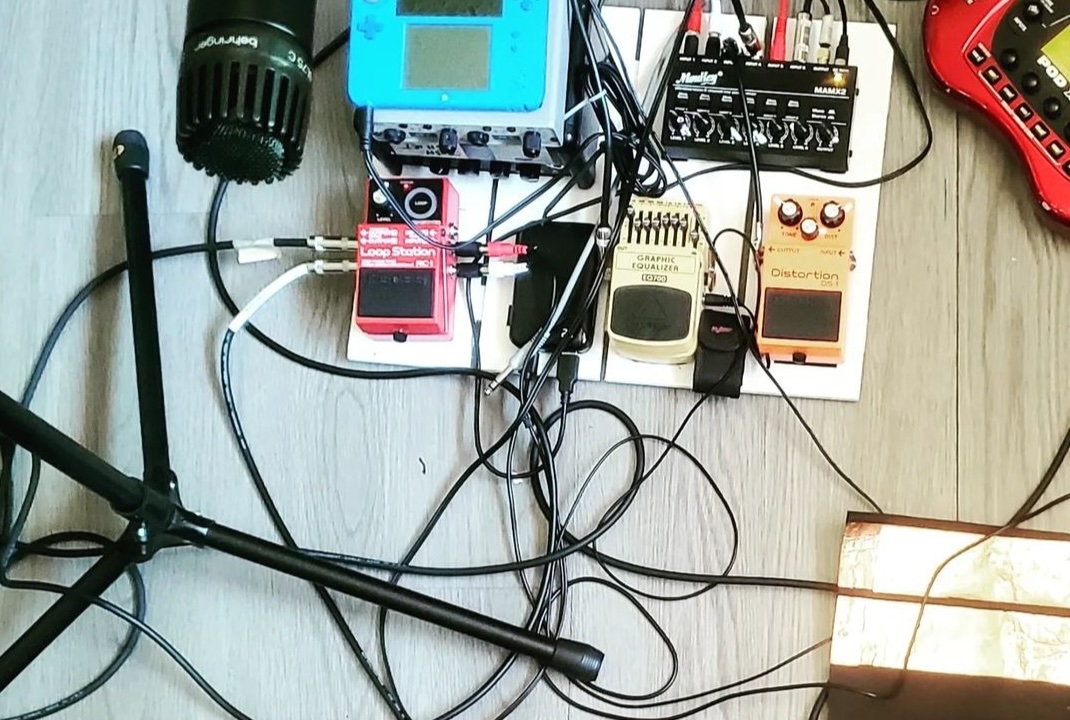
If you’re playing live, let us fine tune your setup.
We’ll help you to create a rich and detailed sound that will impress your audiences.
If you’re new to the live scene, consult with us to be shown the right gear to buy to get the sound you want.
You can consult with us online or in person.
Contact us for more information.
Audio Restoration

If you have a recording that’s precious to you, trust us to clean it up and enhance it to bring out its best.
We restore:
– old recordings of bands
– live sound recordings
– speech recording
– video, cinema and movie soundtracks
– almost any sound recording
Using up to date post-production tools along with our sound engineering and mastering expertise, we look forward to giving your recording a new lease of life and bringing it into the high-definition world.
Contact us for more information.
CD Duplication
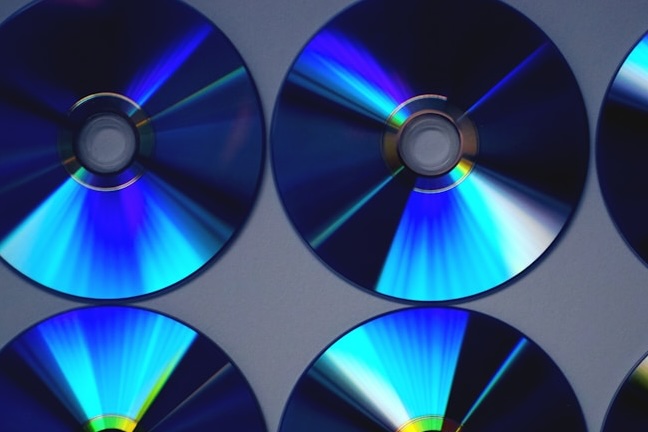
If you need physical copies of your music on CD, we can help.
We offer small batch CD duplication and can drop off orders locally to Fort Collins.
Gift Certificates

Many of our services make great gifts for musicians and we offer personalized gift certificates by email or mail.
Gift anything we offer.
We are a small business with a personal approach and everything we do is on a one-to-one basis with a focus on getting the best result.
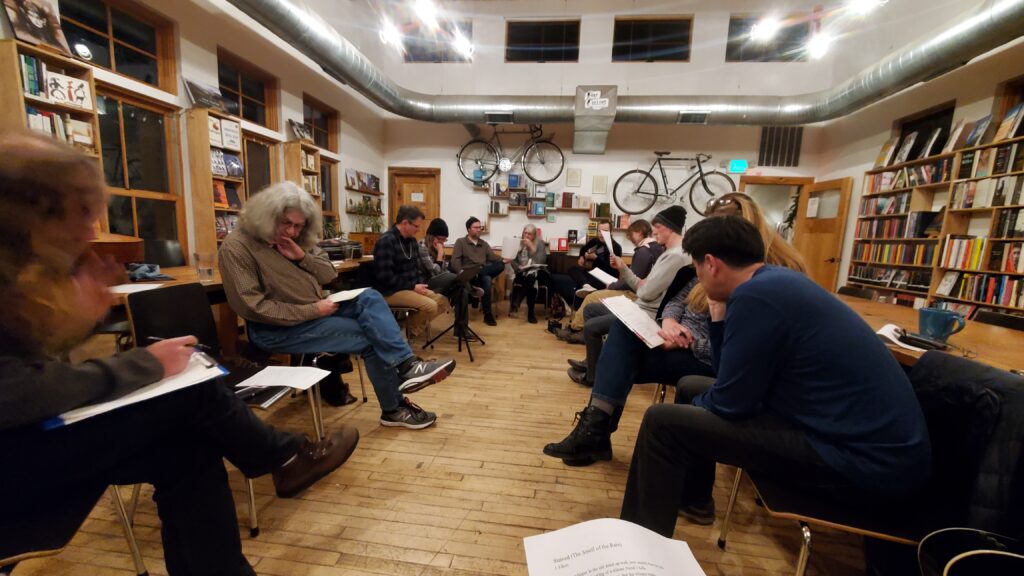
Finally, In September 2021, we revived the Fort Collins Songwriters’ Workshop and through our regular monthly meetings it has become a vibrant hub for local artists and songwriters. Join us anytime.
Any questions? See our FAQs or contact us for more information – we’d love to hear from you!
Here’s to the next 5 years!
– Josh Shirt
Head Mix / Mastering Engineer, Music Producer & Instructor @ Shirty Mastering.

